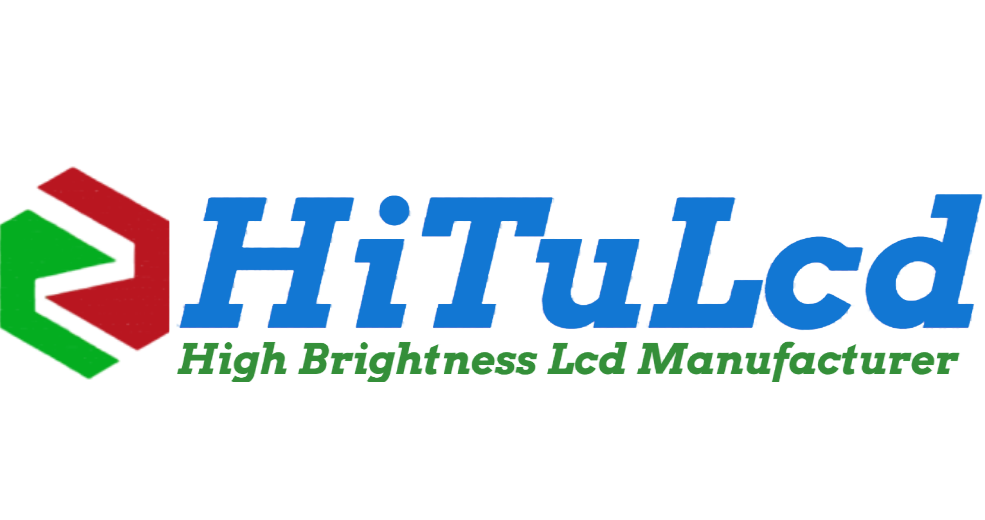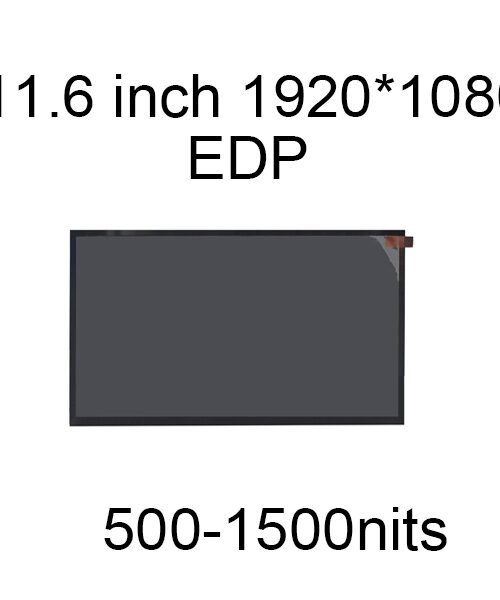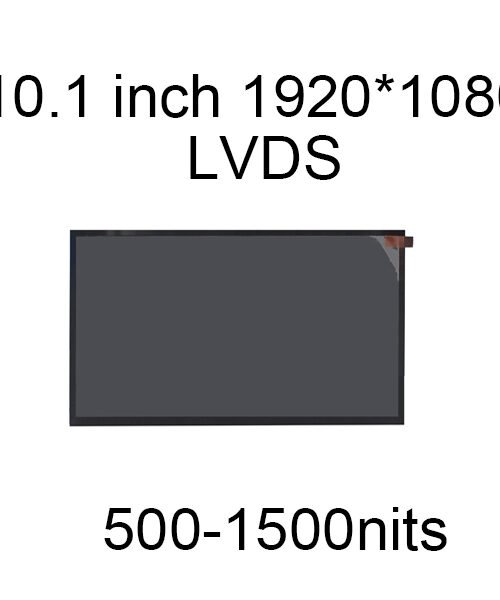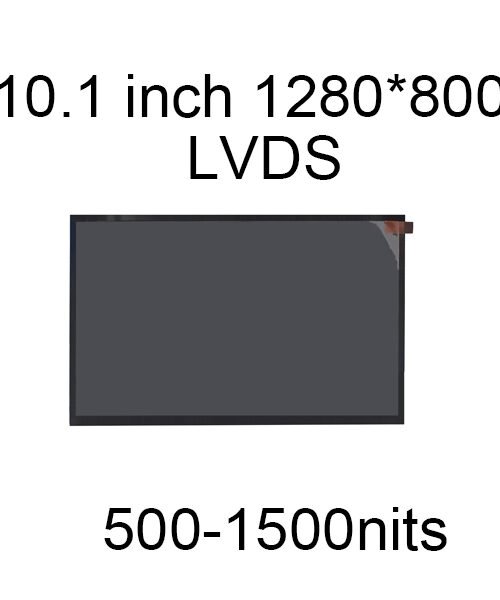Liquid Crystal Displays (LCDs) have both advantages and limitations when it comes to their performance in direct sunlight. While LCD technology has made significant strides in improving outdoor visibility, especially with high-brightness displays and anti-reflective coatings, there are still some challenges to consider. In this detailed explanation, we will explore the characteristics of LCDs in sunlight, the factors influencing their performance, and potential solutions to optimize their usability in bright outdoor conditions.
Advantages of LCDs in Sunlight:
Brightness Control: LCDs are versatile in terms of brightness control. Many LCDs, including those found in smartphones, tablets, and laptops, can adjust their brightness levels dynamically based on ambient lighting conditions. In bright outdoor settings, they can increase their brightness to remain visible.
Energy Efficiency: LCDs are generally energy-efficient when compared to some other display technologies, like older Cathode Ray Tube (CRT) displays. The ability to adjust brightness based on the environment contributes to energy savings.
Color Reproduction: LCDs typically offer accurate color reproduction, making them suitable for displaying detailed and vibrant images even in sunlight. This is essential for applications like outdoor digital signage and photography.
Wide Availability: LCD technology is widely available and cost-effective, making it a popular choice for various devices and applications. This makes it accessible for manufacturers to incorporate high-brightness LCDs into their products.
Limitations of LCDs in Sunlight:
Reflectivity: One of the significant challenges for LCDs in direct sunlight is their reflective nature. Sunlight can bounce off the surface of the display, creating glare and making it difficult to see the content. This is particularly problematic on glossy or glass-covered screens.
Viewing Angle: LCDs may have limited viewing angles, and in direct sunlight, viewing from off-center angles can result in reduced visibility and color distortion. This is especially true for older LCD panels and those with TN (Twisted Nematic) technology.
Brightness: While LCDs can adjust their brightness, the peak brightness level of many consumer-grade devices is not sufficient for optimal visibility in extremely bright conditions, such as direct sunlight.
Power Consumption: Increasing the brightness of an LCD display in bright sunlight requires more power. This can lead to faster battery drain in portable devices, which may not be ideal, especially when outdoors for an extended period.
Glare: Even with anti-reflective coatings, glare can still be a challenge in direct sunlight. External light sources, such as the sun or artificial lighting, can create reflections on the display surface.
Enhancements and Solutions for LCDs in Sunlight:
High-Brightness Displays: High-brightness displays, often referred to as “sunlight-readable” displays, are designed to deliver significantly higher peak brightness levels. These displays can achieve 1000 nits or more, making them much more visible in direct sunlight. They are commonly used in outdoor signage, ruggedized laptops, and some smartphones.
Anti-Reflective Coatings: Applying anti-reflective coatings to the surface of the LCD can help reduce glare and reflections. These coatings work by diffusing light to minimize the mirror-like effect that occurs on glossy screens.
Circular Polarizers: Circular polarizers can be added to LCDs to improve their visibility in outdoor environments. These polarizers help reduce the reflection of polarized light from the display, enhancing readability, especially when wearing polarized sunglasses.
Optical Bonding: Optical bonding is a process that involves attaching a protective glass layer directly to the LCD panel. This can help reduce internal reflections and enhance sunlight readability by reducing the air gap between the glass and the LCD.
Transflective Displays: Transflective LCDs have both reflective and transmissive properties, meaning they can use both ambient light and a backlight to display content. They are often used in applications like outdoor GPS devices and marine displays.
Shade and Sun Visors: In certain applications, physical sunshades or sun visors can be used to create a shadow over the LCD screen, reducing the impact of direct sunlight. This approach is commonly used in automotive displays and some outdoor monitors.
Smartphone Brightness Boost: Some smartphones have a “sunlight mode” or “outdoor mode” that temporarily increases display brightness to improve visibility in bright conditions.
Battery Saving Modes: To mitigate the increased power consumption when using high brightness settings in sunlight, some devices offer power-saving modes that balance visibility and battery life.
Improved LCD Technology: Advances in LCD panel technology, such as In-Plane Switching (IPS) and Vertical Alignment (VA), have improved viewing angles, color accuracy, and overall outdoor visibility. IPS panels, in particular, offer wider viewing angles that help maintain image quality in bright light.
Applications with Specialized Sunlight Readable Displays:
Certain applications heavily rely on specialized sunlight-readable LCD displays:
Outdoor Digital Signage: These displays are used for advertising, information, and wayfinding in outdoor locations, such as bus stops, airports, and storefronts.
Marine Displays: Sunlight-readable displays are essential on boats and ships, as they need to withstand harsh outdoor conditions and direct sunlight while providing clear navigation and monitoring information.
Automotive Displays: Car infotainment systems and heads-up displays require sunlight readability to ensure that drivers can easily view information while driving in varying lighting conditions.
Ruggedized Devices: Many ruggedized laptops, tablets, and smartphones are equipped with high-brightness displays to cater to professionals working outdoors or in challenging environments.
Outdoor Kiosks: Outdoor kiosks, such as those used for ticketing or check-ins, rely on sunlight-readable displays to offer optimal visibility to users.
In conclusion, while LCD technology offers many advantages, its performance in direct sunlight has certain limitations. Reflectivity, limited viewing angles, and the need for high brightness are key challenges to overcome. Manufacturers have developed high-brightness displays, anti-reflective coatings, and other technologies to enhance LCD visibility in bright outdoor conditions. When choosing a device for outdoor use, it’s important to consider its peak brightness, display technology, and any additional features designed to optimize performance in sunlight.







